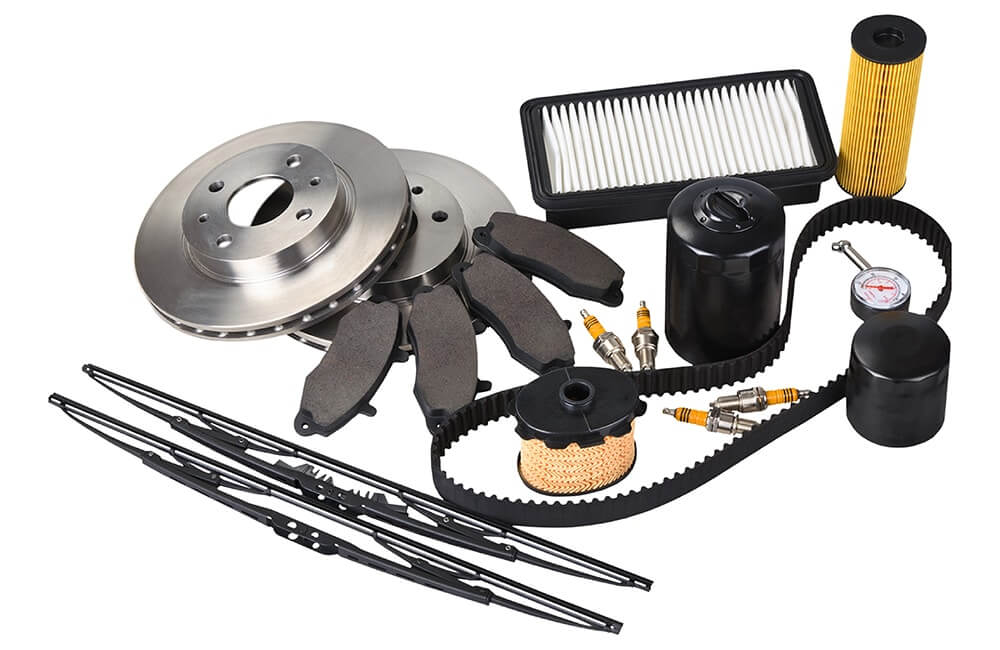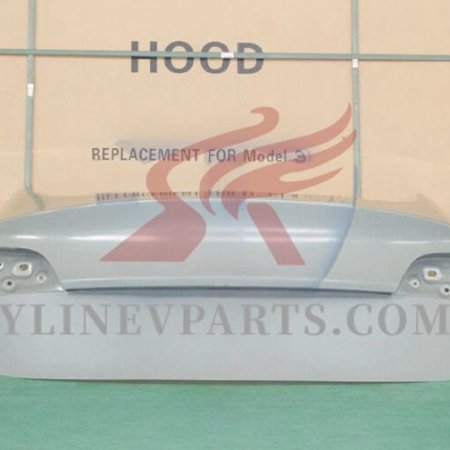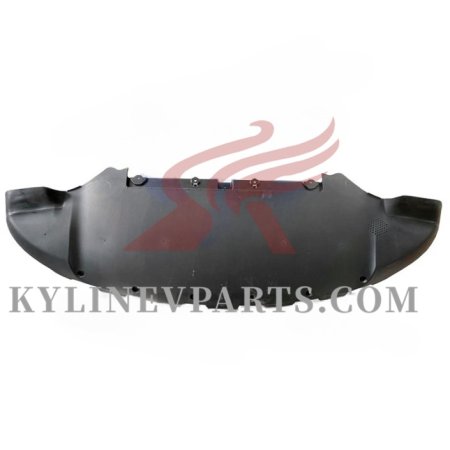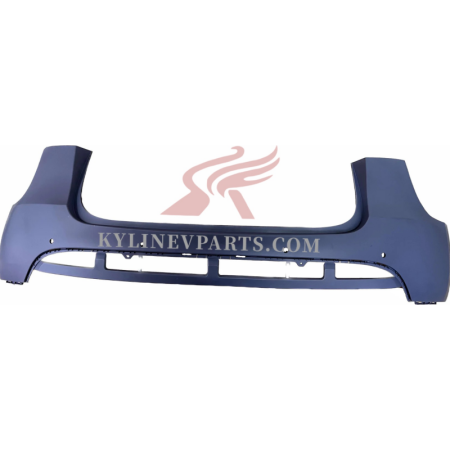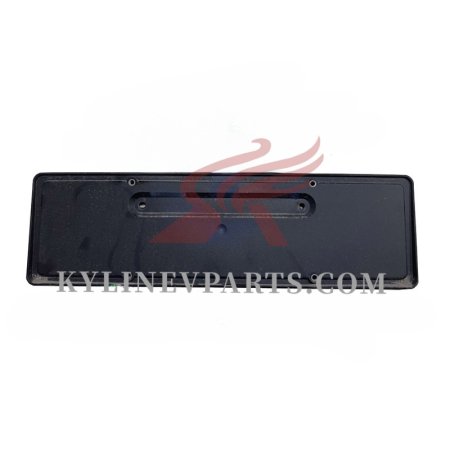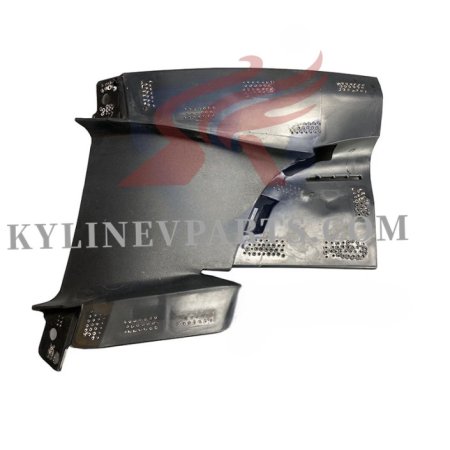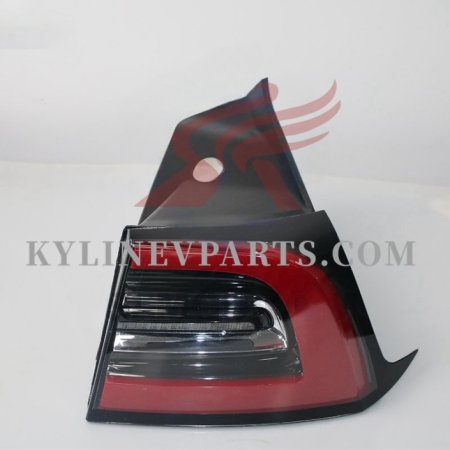Introduction
When it comes to maintaining or repairing your Tesla, the choice to purchase OEM (Original Equipment Manufacturer) parts in bulk can be a game-changer. Imagine drastically slashing your maintenance costs while ensuring your vehicle runs with parts that meet Tesla’s rigorous standards. For business owners managing a repair shop or individual enthusiasts keen on cutting down on vehicle upkeep expenses, grasping the benefits and intricacies of bulk purchasing is essential.
Why Bulk Purchasing?
Bulk Purchasing Explained: Bulk buying involves purchasing larger quantities of a product at once. This approach can lead to significant savings compared to buying individual items. For Tesla OEM parts, this not only means cost reductions but also guarantees a steady supply of high-quality components.
Cost Savings: The most obvious benefit is cost efficiency. Suppliers often offer discounts on large orders. This can mean considerable savings for businesses that need to keep a regular stock of parts or for individuals who frequently maintain their Tesla. Think of it as a strategic investment that pays off over time.
Quality Assurance: Tesla’s OEM parts are crafted to exacting standards. When you buy in bulk, you ensure that every component maintains the high quality and reliability Tesla is known for. This minimizes the risks associated with using third-party or aftermarket parts that might not meet the same specifications.
Operational Efficiency: For repair shops and businesses, having a bulk supply of OEM parts means smoother operations. It reduces the frequency of ordering, thus avoiding disruptions and minimizing downtime. Efficient stock management can lead to a more streamlined workflow and better customer satisfaction.
This guide is crafted to equip you with the knowledge you need to make informed decisions about bulk purchasing Tesla OEM parts. Whether you’re managing a business or simply aiming to keep your Tesla in top condition, these insights will provide a strategic edge.
Pricing and Discounts
Navigating the world of bulk purchasing Tesla OEM parts involves more than just placing a large order. It’s about understanding and utilizing pricing strategies and discounts to ensure you’re getting the best value. Here’s a deep dive into managing bulk pricing and securing the most advantageous deals.
Understanding Bulk Pricing Structures
Bulk Pricing Demystified: Bulk pricing is a strategy where the cost per unit decreases as the quantity of the order increases. This reduction is due to the supplier’s ability to spread out their production and shipping costs over a larger number of units.
Tiered Pricing: Imagine you’re ordering Tesla parts. Suppliers often employ a tiered pricing model. For instance, buying 10 brake pads might cost you $100 each, but ordering 50 could reduce the price to $80 per pad. This model encourages larger purchases by offering progressively better rates.
Volume Discounts: Beyond tiered pricing, some suppliers offer additional volume discounts for exceptionally large orders. For example, an order of 100 parts might attract an even lower rate, depending on your negotiating leverage and the supplier’s discount structure.
Illustrative Example: Consider you need Tesla windshield wipers. The retail price per wiper is $50. If you buy 20 wipers, the price might drop to $40 each. If you purchase 100 wipers, the price could fall further to $35 each. This strategy can lead to significant savings, especially if you frequently need these components.
How to Negotiate the Best Deals
Effective Negotiation Techniques:
Preparation is Key: Before negotiating, research current market prices and gather information from various suppliers. This groundwork equips you with the knowledge to negotiate effectively and secure the best possible deal.
Build Strong Relationships: Cultivating a good relationship with suppliers can lead to better terms. A reliable payment history and consistent communication can make suppliers more inclined to offer favorable discounts and terms.
Utilize Your Buying Power: If you’re purchasing for a large business or a group, your buying power can be a powerful negotiation tool. Suppliers often prefer to offer better terms to customers who place substantial orders consistently.
Negotiation Tips:
- Request Multiple Quotes: Gather quotes from several suppliers to compare prices and terms. This can also give you leverage in negotiations, as you can use competing offers to negotiate better terms.
- Negotiate Additional Benefits: Besides discounts, consider negotiating for other perks like extended payment terms, free shipping, or priority delivery to maximize the value of your bulk purchase.
Additional Resources: For a deeper dive into effective negotiation strategiesSeasonal and Promotional Discounts
Leveraging Promotions:
Seasonal Sales: Watch for seasonal sales and end-of-year promotions. Suppliers often offer significant discounts during these periods, which can further reduce your costs.
Supplier-Specific Promotions: Some suppliers provide special offers such as discounts for first-time bulk orders or for those who commit to long-term contracts. Staying informed about these promotions can help you take advantage of additional savings.
Where to Find Deals:
- Supplier Websites: Regularly visit supplier websites to check for promotions, clearance items, or special offers. Suppliers often update their websites with current deals.
- Industry Newsletters: Subscribe to newsletters and alerts from industry sources to receive updates on special offers and discounts directly.
Best Practices for Maximizing Savings
Forecast Your Needs Accurately: Properly estimating your parts requirements helps avoid overstocking, which can lead to obsolete inventory. Accurate forecasting ensures you purchase the right amount, optimizing cost efficiency.
Review Purchases Regularly: Periodically assess your purchasing patterns and adjust bulk orders according to your usage and inventory levels. Regular reviews help maintain optimal stock levels and cost efficiency.
By mastering bulk pricing structures and negotiation techniques, you can achieve significant savings on Tesla OEM parts. Leverage your buying power, build strong relationships with suppliers, and stay alert for seasonal and promotional discounts to maximize your savings.
Inventory Management
Managing a large inventory of Tesla OEM parts effectively is essential to maintaining operational efficiency and minimizing costs. Proper inventory management ensures that you have the right parts on hand when needed while avoiding the pitfalls of overstocking or stockouts. Here’s a detailed guide to help you optimize your inventory management for bulk-purchased Tesla parts.
Why Inventory Management Matters
Inventory Management Explained: Effective inventory management involves tracking and controlling stock levels to meet demand without excess. For bulk-purchased Tesla OEM parts, this means balancing the need to have enough parts on hand while avoiding the costs associated with overstocking or stockouts.
Cost Control: Proper inventory management helps minimize holding costs associated with storing unsold inventory. This is crucial for businesses that purchase large quantities of parts, as it impacts overall profitability.
Demand Fulfillment: Ensuring that you have the necessary parts in stock when needed helps prevent delays in repair services or vehicle maintenance, thus maintaining customer satisfaction and operational efficiency.
Additional Resource: For a thorough understanding of inventory management principles, see Investopedia’s guide on inventory management.
Best Practices for Managing Bulk Inventory
Implement an Inventory Management System
Automated Tracking: Utilize inventory management software to automate tracking and reporting. These systems can provide real-time data on stock levels, sales trends, and order status, helping you make informed decisions.
Integration with Sales Systems: Ensure your inventory management system integrates with your sales and procurement systems. This synchronization can streamline operations and enhance accuracy in inventory tracking.
Conduct Regular Inventory Audits
Physical Counts: Regularly conduct physical counts of your inventory to reconcile discrepancies between actual stock and recorded levels. This helps identify issues like theft, damage, or misplacement.
Cycle Counting: Implement cycle counting as an alternative to full physical inventories. This method involves counting a portion of inventory on a rotating schedule, allowing for more frequent and manageable audits.
Guide: For more on inventory audits, see Chron’s article on how to perform a physical inventory count.
Optimize Stock Levels
Just-in-Time (JIT) Inventory: Consider a JIT approach to minimize holding costs by ordering parts as needed rather than in advance. This can reduce excess inventory but requires precise demand forecasting.
Safety Stock: Maintain a buffer or safety stock to account for unexpected spikes in demand or supply chain disruptions. This ensures you can fulfill orders even when demand exceeds projections.
Additional Resource: Learn more about safety stock and JIT inventory at Lean Enterprise Institute’s JIT inventory overview.
Forecast Demand Accurately
Historical Data Analysis: Use historical sales data to forecast future demand for parts. Analyzing trends and seasonality can help you predict which parts will be needed and in what quantities.
Market Trends: Stay informed about industry trends and changes in vehicle technology that may affect demand for specific parts. Adjust your inventory strategy accordingly.
Establish Strong Supplier Relationships
Communication: Maintain open lines of communication with your suppliers to stay updated on lead times, availability, and potential issues that could impact your inventory.
Supplier Agreements: Negotiate terms that allow for flexible ordering and returns. Strong relationships can lead to better terms and faster resolution of supply chain issues.
Resource: Check out Forbes’ article on building strong supplier relationships for additional strategies.
Technology and Tools
Inventory Management Software: Using advanced inventory management tools can streamline your operations. Look for software that offers features such as real-time tracking, automated reordering, and integration with your sales and accounting systems.
Recommendation: NetSuite provides robust inventory management solutions that can help optimize bulk inventory handling.
By implementing these inventory management best practices, you can effectively manage your bulk-purchased Tesla OEM parts, ensuring operational efficiency and cost-effectiveness. Accurate tracking, regular audits, and strong supplier relationships are key to maintaining a balanced and efficient inventory.
Finding Reliable Suppliers
Finding a reliable supplier for Tesla OEM parts is more than just a task; it’s a crucial component of maintaining your business’s efficiency and cost-effectiveness. A dependable supplier ensures you receive high-quality parts at competitive prices, which can directly impact your bottom line. Here’s a detailed guide to help you navigate the process of finding and selecting trustworthy suppliers.
Characteristics of a Reliable Supplier
Quality Assurance
OEM Certification: The first step in ensuring you’re working with a reliable supplier is to check if they are authorized to sell genuine Tesla parts. An OEM-certified supplier meets Tesla’s stringent standards, ensuring that the parts you purchase will fit and perform as expected. This certification is a mark of trust and quality.
Product Authenticity: It’s essential to confirm that the parts you receive are authentic and not counterfeit. Reliable suppliers will provide certification or documentation verifying that the parts are genuine OEM components, protecting you from the risks associated with fake or substandard products.
Additional Resource: For more on OEM certification and quality standards.
Competitive Pricing
Transparent Pricing: A trustworthy supplier should offer clear, straightforward pricing without hidden fees. Comparing prices from different suppliers helps ensure you are getting a fair deal, particularly when purchasing in bulk.
Volume Discounts: Look for suppliers who provide discounts on bulk purchases. This can significantly reduce your per-unit costs, making your bulk buys more cost-effective.
Resource: For insights on negotiating bulk prices.
Customer Service and Support
Responsive Communication: A reliable supplier should have effective communication channels. Prompt responses to inquiries and issues are crucial for maintaining smooth operations and resolving any problems quickly.
After-Sales Support: Ensure the supplier offers comprehensive after-sales support. This includes handling returns, exchanges, and warranty claims, which is vital for maintaining operational efficiency and customer satisfaction.
Additional Resource: For advice on evaluating customer service.
How to Find and Evaluate Suppliers
Online Research
Supplier Directories: Use online directories and platforms such as Alibaba to discover potential suppliers. These platforms allow you to filter suppliers based on specific criteria and review their profiles and ratings.
Industry Forums: Participate in industry forums and online discussion groups. These communities often share recommendations and reviews about various suppliers, providing valuable insights from other industry professionals.
Supplier Referrals
Industry Contacts: Leverage your professional network to find recommendations. Industry associations, colleagues, and business partners can often point you toward reliable suppliers they have previously worked with.
Trade Shows and Conferences: Attend industry trade shows and conferences to meet suppliers face-to-face. This gives you the opportunity to evaluate their offerings, ask questions, and build direct relationships.
Supplier Evaluation Criteria
Performance History: Investigate the supplier’s track record concerning delivery times, order accuracy, and overall reliability. Requesting references or case studies can provide insight into their performance and dependability.
Financial Stability: Assess the supplier’s financial health to ensure they can handle large orders and remain a reliable partner. A stable supplier is less likely to face disruptions that could impact your supply chain.
Building and Maintaining Strong Supplier Relationships
Clear Communication
Set Expectations: Clearly outline your needs, expectations, and specific requirements regarding delivery schedules, quality standards, and pricing. Clear communication helps prevent misunderstandings and ensures both parties are aligned.
Regular Check-ins: Maintain regular contact with your supplier to discuss performance, address issues, and make adjustments as necessary. This ongoing dialogue helps strengthen the relationship and resolve potential problems proactively.
Long-Term Partnerships
Negotiated Terms: Work towards establishing long-term agreements or partnerships with suppliers. Long-term relationships can lead to better terms, priority service, and enhanced collaboration, benefiting both parties.
Feedback Loop: Provide constructive feedback on the supplier’s performance and areas for improvement. This feedback helps the supplier address issues and improve their service, fostering a stronger partnership.
By carefully selecting and managing your suppliers, you can ensure a consistent and reliable supply of Tesla OEM parts, enhancing your operational efficiency and upholding high service standards. Remember these strategies to build solid, productive partnerships with your suppliers.
Where to Buy Tesla OEM Parts Wholesale?
Kylin EV Parts Ltd is located in Guangzhou, the hub of China’s automotive parts industry. Established in 2013, we focus on the supply chain of new energy automotive parts, providing brand solutions for entire vehicle series from a screw to exterior components, connecting the upstream and downstream supply chains, and forming strategic alliances with production factories through customization, alliance. Adhering to the principle of ensuring the quality of a component is equal to protecting the safety of a family.
In 2022, our international trade department was established, focusing on the integration of Tesla, VW, and BYD, as well as aftermarket modifications. As China’s premier B2B supplier, we offer a comprehensive service in integrating EV spare parts for numerous foreign sellers, both online and offline.
We extend a cordial invitation to collaborate with foreign dealers and explore OEM and ODM partnerships for our products. With our commitment to the most professional service, the highest quality products, and the most reasonable prices, we endeavor to provide unparalleled support.

